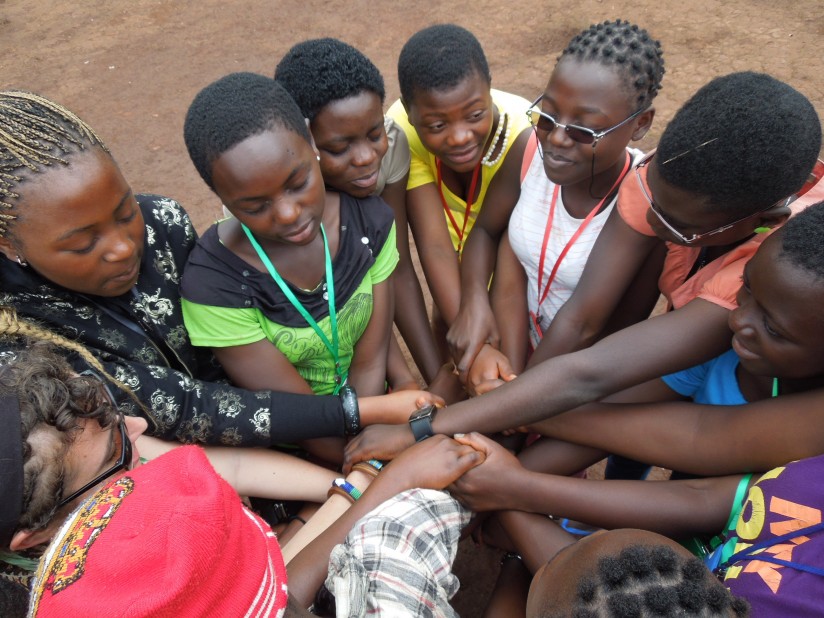Violence has been a long-standing issue in Africa, with conflicts ranging from ethnic tensions to political battles. The effects of violence are far-reaching, with devastating consequences for individuals, families, and communities alike. It is, therefore, imperative that innovative approaches to conflict resolution are embraced to break the cycle of violence in Africa.
One innovative approach to conflict resolution is the use of dialogue and mediation. This approach seeks to resolve conflicts by engaging parties in constructive conversation and negotiation. In the past, traditional leaders such as village chiefs and elders have been used to mediate conflicts at the community level. However, there has been a growing recognition of the role civil society organizations (CSOs) can play in conflict mediation. CSOs have local knowledge and networks that can be leveraged to bring parties to the table and facilitate constructive dialogue.
Another innovative approach is the use of restorative justice mechanisms. Restorative justice seeks to repair the harm caused to victims of conflict or crime by promoting accountability and facilitating dialogue between the victim and offender. In the past, restorative justice mechanisms were used by traditional justice systems, but there has been a growing trend of integrating these mechanisms into formal justice systems. This approach has been successful in promoting reconciliation, healing, and rebuilding trust among communities affected by conflicts.
Furthermore, there has been a growing recognition of the role women can play in conflict resolution. Women are often disproportionately affected by conflict and can bring unique perspectives to the peace process. In recent years, women-led peace movements have emerged across Africa, advocating for inclusive and gender-sensitive approaches to conflict resolution. Governments and international organizations have also recognized the importance of including women in peace processes, resulting in the adoption of various policies and frameworks to improve women’s participation.
Lastly, the use of technology has been an innovative approach to conflict resolution in Africa. The rise of social media platforms and mobile technology has enabled communities to share information, organize themselves, and mobilize for peaceful demonstrations or other forms of conflict resolution. Innovative tools such as Ushahidi and FrontlineSMS have been used to monitor elections, report incidents of violence and generate early warning systems for conflict.
In conclusion, breaking the cycle of violence in Africa requires innovative approaches that promote dialogue and mediation, employ restorative justice mechanisms, include women in the peace process, and leverage technology for conflict resolution. These approaches require a multi-stakeholder effort that involves governments, civil society organizations, and the international community to achieve sustainable peace in Africa.
